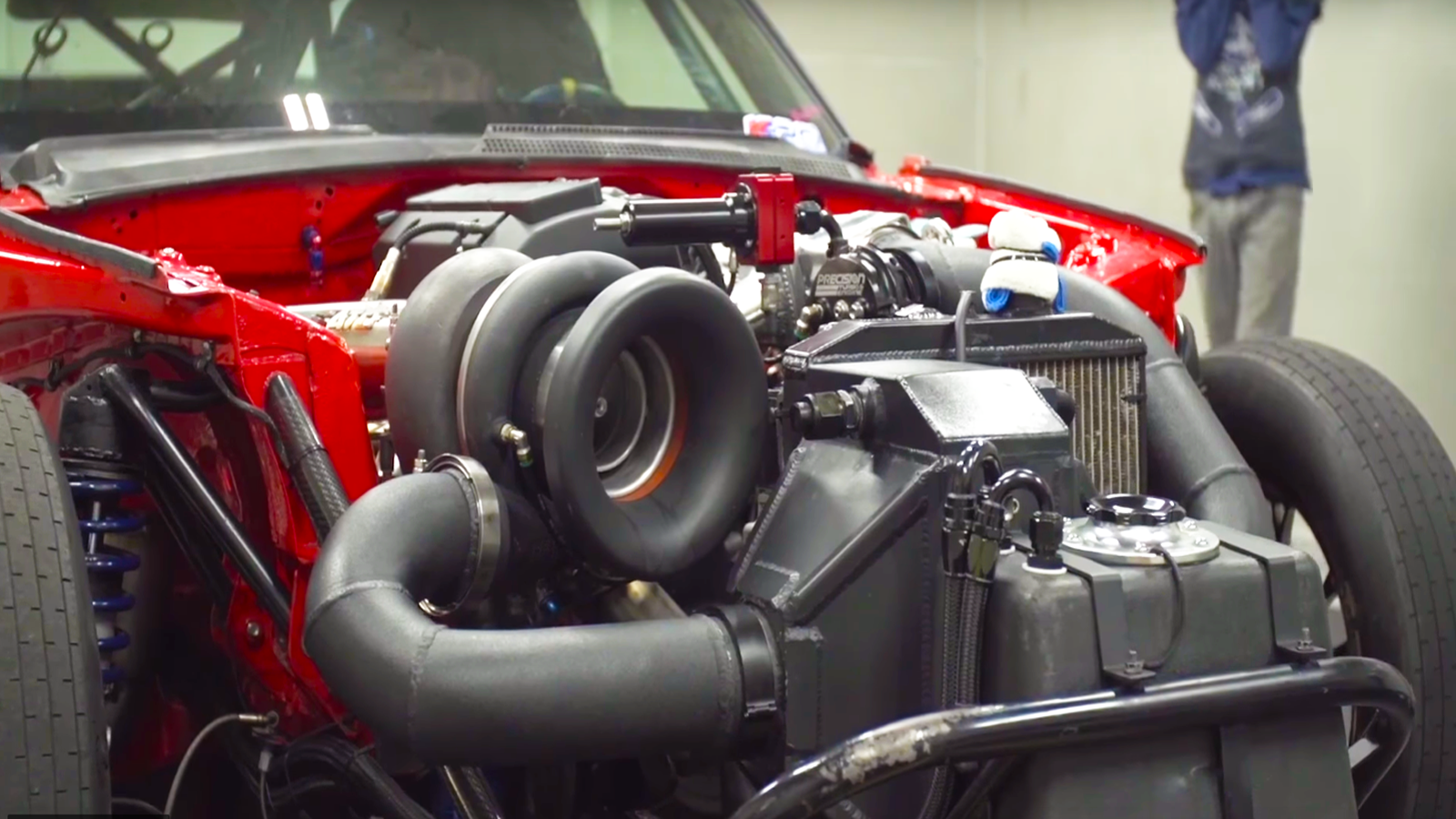World's Fastest S2000!
While it is not street legal it is still the world's fastest S2000 with so much horsepower per cylinder that it has to be seen to be believed!








The driver's car
The JDM spec S2000 always had a great powerplant with a unique title of having the most horsepower per liter for an NA production vehicle. The two-seater Japanese Honda can put out 247 horsepower from the 1,997 cc engine that could delight enthusiasts in a way they hadn't seen in a long time. That was until the Ferrari 458 Italia came along and stole the title away from the car. However, this car is putting out 375 horsepower per cylinder!
That's one big turbo
For such a high horsepower figure, the car is amazingly still using the factory block. Albeit it is the 2.2-liter version that has 2,157 cc capacity and is codenamed the F22C1. To push that horsepower up to the number that you saw on the last slide, the racing team added a huge 88mm turbocharger that is running 36 psi. That amount of boost enabled the S2000 to hit 1,330 horsepower.
>>Join the conversation about this very fast S2000 right here in the Honda-Tech Forum!
That parachute tho....
I know you're wondering how the car got up to the needed power levels to make record-breaking runs, and that answer is turning the boost up even further. How much higher? How about 48 psi to put the car at 1,600 horsepower! One of those records is that this S2000 is the world's fastest and can burn through quarter-miles in a blistering 6.9 seconds.
>>Join the conversation about this very fast S2000 right here in the Honda-Tech Forum!
What was that time again?
Before that run ever happened, the best previous time that the S2000 had done was a slower but fast as hell nonetheless 1,320-foot sprint in 7.1 seconds. To see the S2000 fly down the blacktop like a bat out of hell, just click here.
>>Join the conversation about this very fast S2000 right here in the Honda-Tech Forum!
For help with your maintenance and repair projects, please visit our How-to section in the forum.
